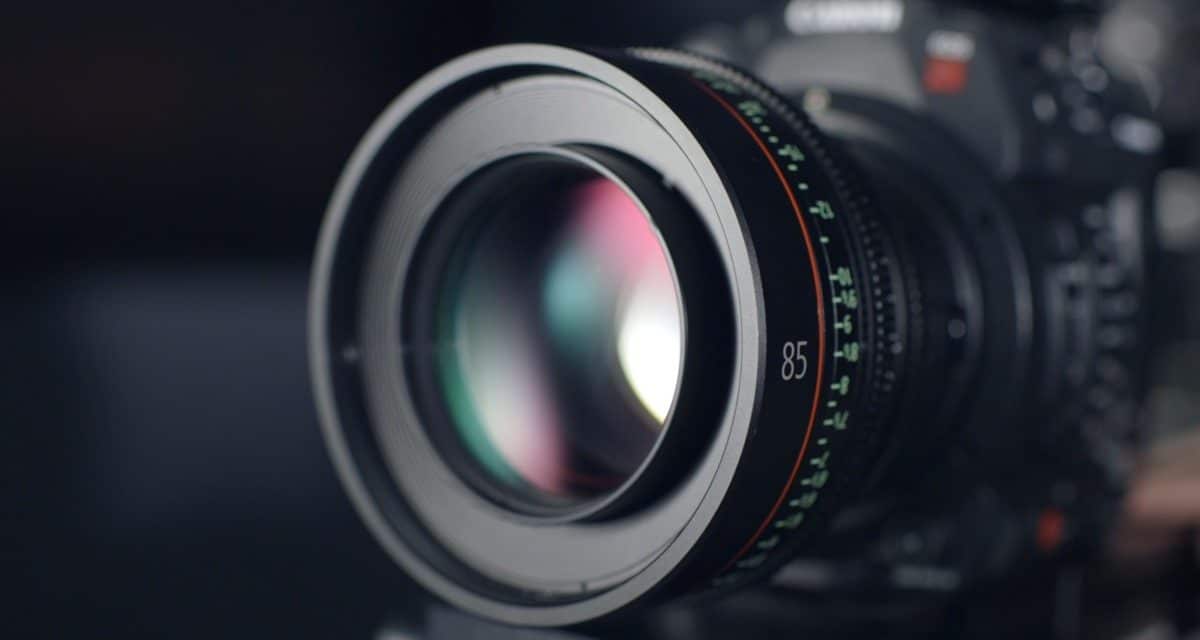[ad_1]
Once upon a time artwork was created with pigments, paints, inks, and dyes. Real tangible things in a real tangible world. But as we are moving into the digitial world, the common material in artwork is shifting to a digital form… the pixel. Whether your digital creations are photographs or Photoshop creations or illustrator artwork, any digital art piece is composed of pixels. But what are they really?
The word pixel is actually short for picture element. So in a very literally sense, a pixel is one of many minute details, or elements, creating the whole image. Every photograph or digital art piece, is made up of pixels. They are the smallest unit of information that makes up a picture. The more pixels in an image, the larger and more detailed the artwork most likely is.
The number of pixels used to create an image is often referred to as the ‘resolution'. The best digital cameras have the highest pixel count because they produce a higher-quality image. Because if you remember, the more pixels you have available, the more precies and detailed your image can be.
In colour images a pixel is typically comprised of three color components known as RGB (red, green, blue) or four color dots, known as CMYK (cyan, magenta, yellow, black). Most digital forms of art are saved as RGB since that's how screens are programmed to read the colors and project the light. But most professional printers will use the CMYK format because your standard printer is set up to print with CMYK pigments.
Regardless of whether you are using RGB or CMYK, when these colour dots converge, they build coloured pixels. So if you have red and blue pixels resting near one annother your are likely to see a purple hue in the larger image.
These days we often focus on Megapixels more than on the idea of individual pixels. A megapixel (MP) is 1,000,000 pixels. In addition to it's reference to the number of pixels in an image, it also expresses the number of image sensor elements in digital cameras or the number of display elements in digital displays. For example, a camera that makes a 2048×1536 pixel image typically uses a few extra rows and columns of sensor elements and is commonly said to have 3.2 megapixels or 3.4 megapixels.
In most digital cameras, the sensor array is covered with a patterned color filter mosaic containing the red, green, and blue we discussed earlier. This set up allows each sensor element to record the intensity of a single primary color of light. The camera interpolates the color information of neighboring sensor elements, through a process called demosaicing, to create the final image. These sensor elements are often called “pixels”, even though they only record 1 channel (only red, or green, or blue) of the final color image.
It's also important to note that a camera with a full-frame image sensor, and a camera with an APS-C image sensor, may have the same pixel count, but the full-frame camera may have better dynamic range, less noise, and improved low-light shooting performance than an APS-C camera. This is because the full-frame camera has a larger image sensor than the APS-C camera, therefore more information can be captured per pixel. A full-frame camera that shoots photographs at 36 megapixels has roughly the same pixel size as an APS-C camera that shoots at 16 megapixels.
So while a pixel itself may be very small, without them we would not be able to make up the whole. Each pixel helps bring detail and life to an image. The more pixels you have the more detailed the art piece you can create.
[ad_2]
Source by Stephanie Gagnon

